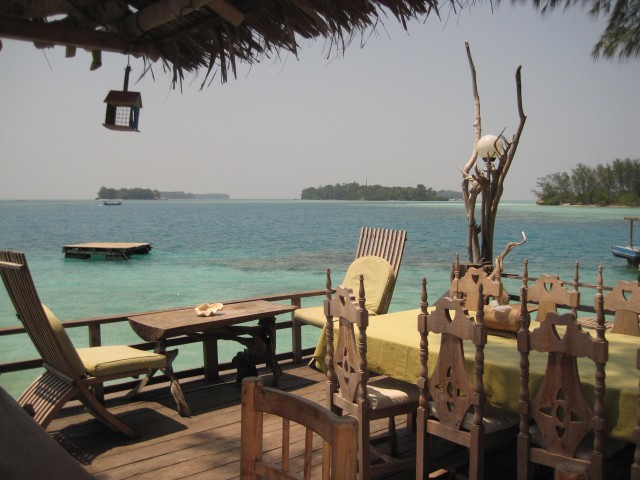
Let’s serve up a hypothetical situation: While out grocery shopping, you see a sizable person trying to shuffle his/her way down a cramped frozen food aisle. There after, you take a second look at the gallon of double dutch ice cream (with extra marshmallows) in your hand, and then a cursory look at the calories and contents, knowing full well what’s already in it, place it back and beeline for the vegetables.
This situation has created guilt, a form not much different from that experienced by travelers who, in the midst of holiday shopping, weigh out the differences between luxurious, spendthrift getaways and more rugged eco-options, and find themselves increasingly investing in the “healthier” of the two.
Today I published an article detailing this debate with CNNGo, analyzing various ec0-resorts/villages such as Pulau Macan and rationalizing the go-green trend surrounding them.
It’s true. Like organic [enter any food item here] over fast food, resorts and hotels with eco branding tend to cost an extra pretty penny, despite all the rustic conditions tourists have to live through (don’t forget not everyone likes showering outside).
But places like Pulau Macan educate along with providing requisite R&R. I also find that the people at eco-resorts tend to be of a cordial, open-minded breed. Why else would they forsake simple creature comforts such as air conditioning?
Genuine top-tier eco-resorts/villages are also far-removed locations, which is arguably a luxury tacked on the to bill, along with the the (expensive) renewable power bill. Clean energy, after all, has an intrinsic way of costing a lot more than coal, eternally the more artery-clogging fuel affecting our planet.